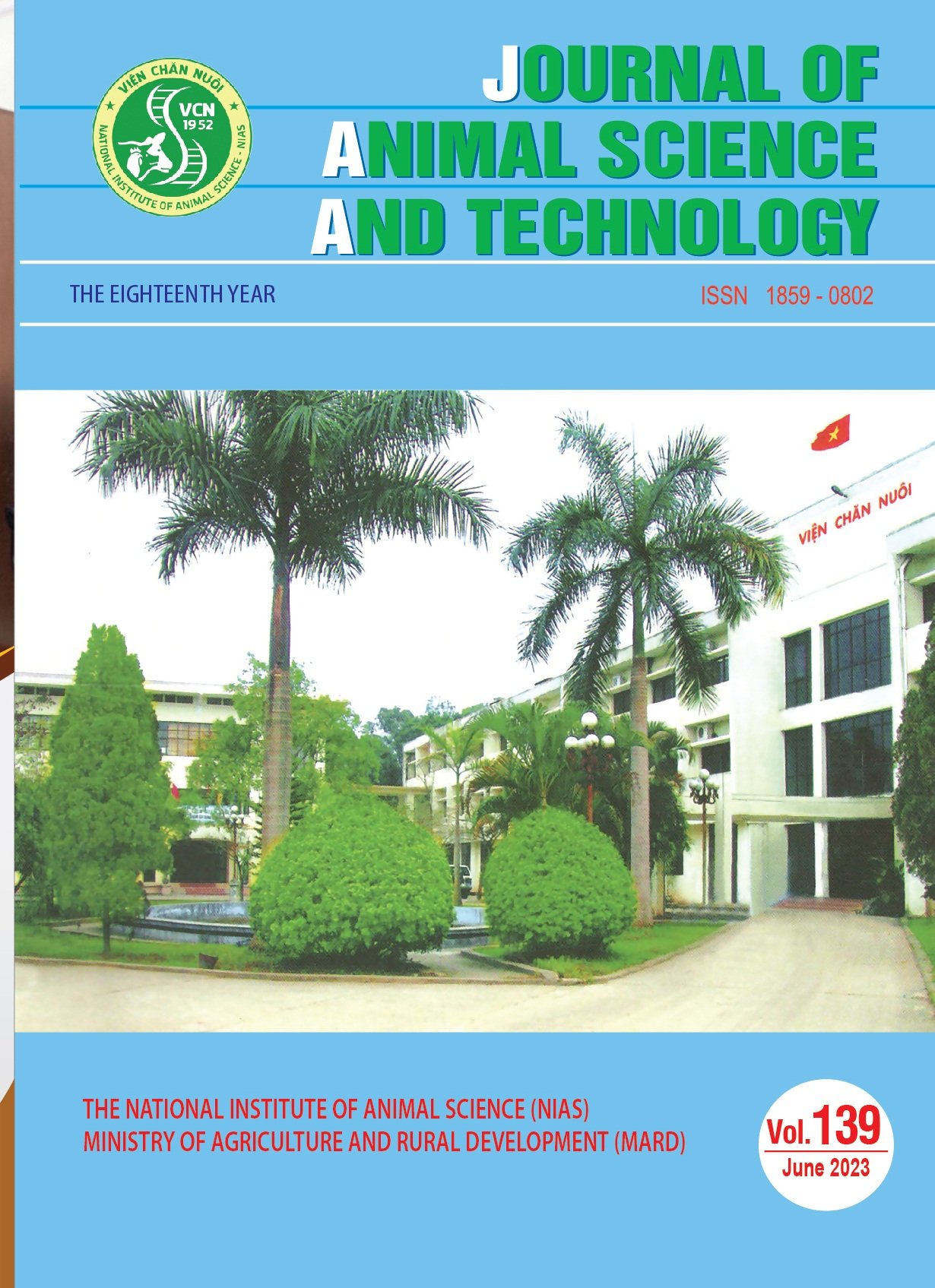Biological treatment of crop residues as an option for feed improvement in tropics
In tropical countries, roughages feeds are the major diets of ruminant animals which are poor in quality. Hence, improving the nutritive value of feeds of such kind is vital for best utilization for ultimate goal of increased animal production. Animal feeds and feeding practices can be changed by biological catalysts such as fungi with the objective to improve nutritive value and to reduce environmental waste. Biological treatment of such crop residues using white rot fungi can break the ligno- cellulose structure, liberating free cellulose and thus enhancing their feeding value. Biologically treated roughages have higher digestibility for most of the nutrients with an increase in crude protein content as compared to untreated material, besides ensuring more fermentable substrates in the rumen. In addition, treatment of low-quality animal feeds with white rot fungi species increases the protein and ash contents with a reduction of its fibrous fraction. Moreover, biological treatment roughages feed increases the feed intake, digestibility and eventually livestock production and reproduction. However, the application of biological treatment of roughages is limited by lack of biological agents such as the typical fungi or its products (enzymes) and knowledge of utilization of such agents. The other setback is reduction of weight of the final substrate after the treatment in which case a dry matter loss of substrate can be as high as 40% in prolonged incubation with the fungus. Moreover, there is lack of know how to use such technology in most of tropical Africa including Ethiopia. This review was then organized to create awareness on utilization of biological treatment as remedy for poor quality of roughages, optimizing mechanisms must be sought.

